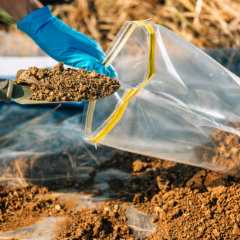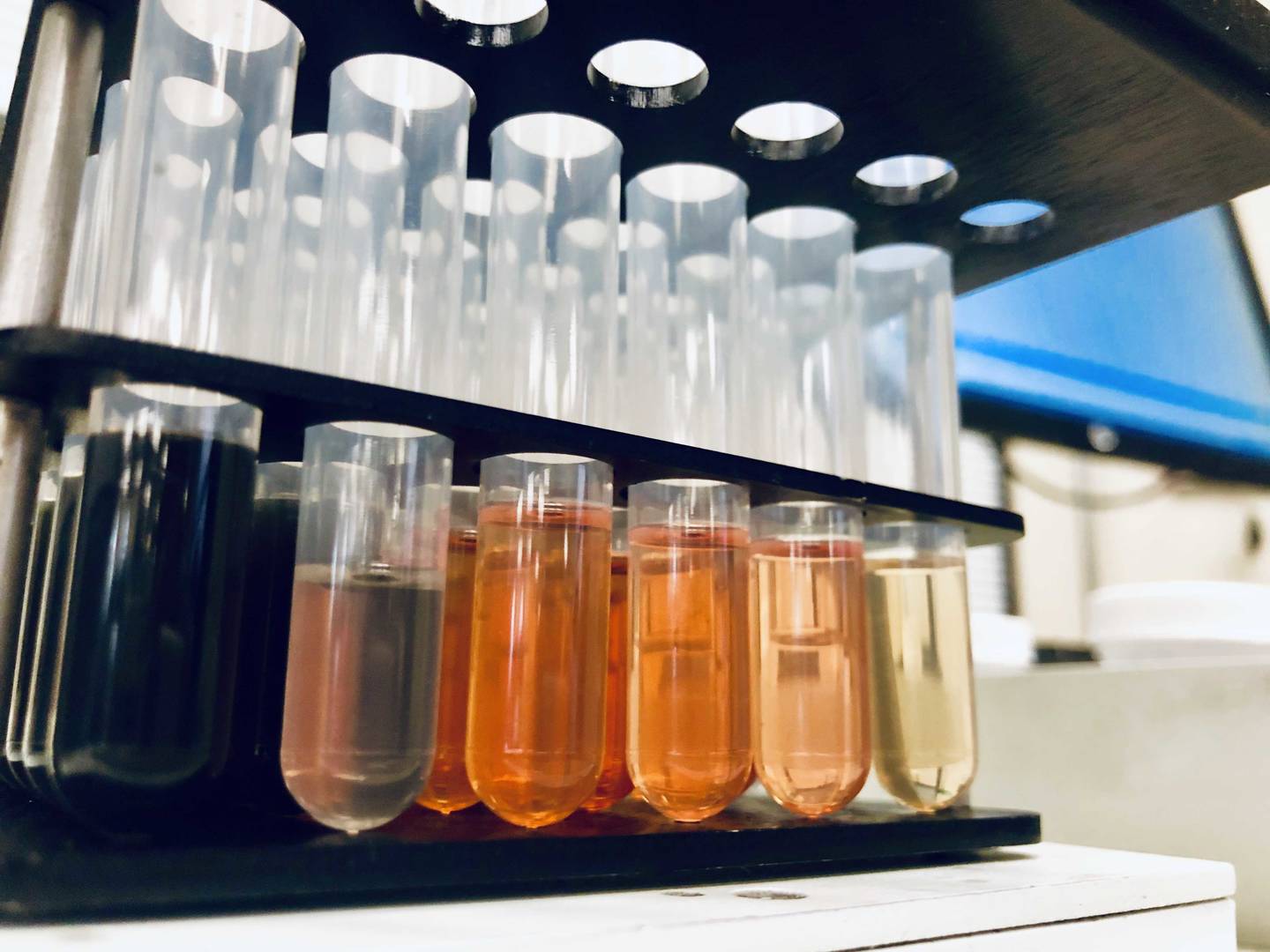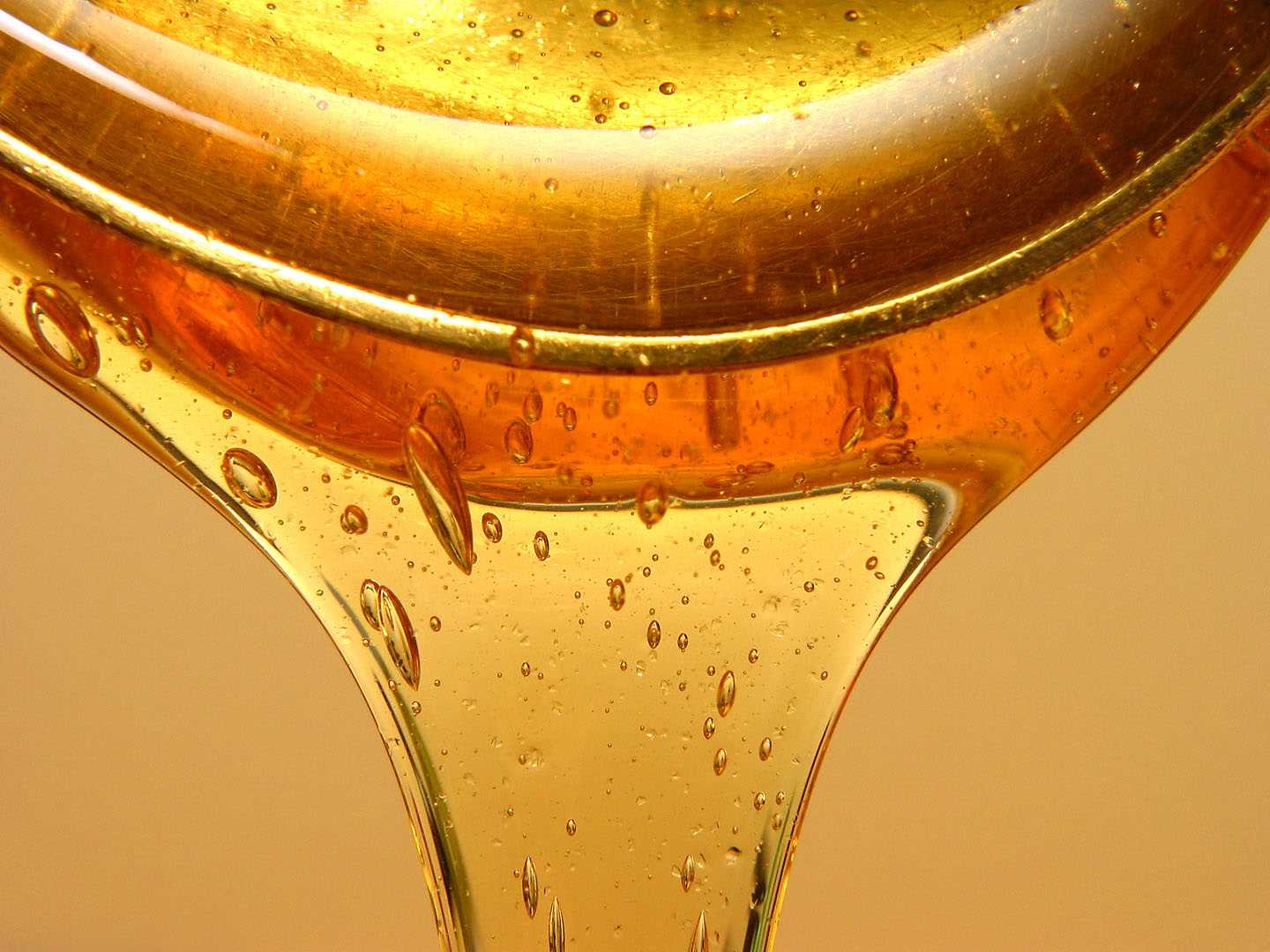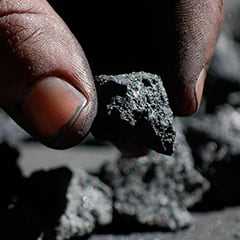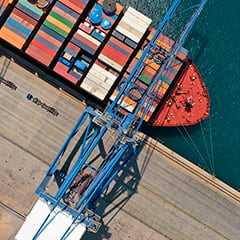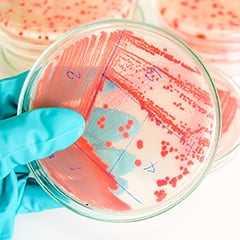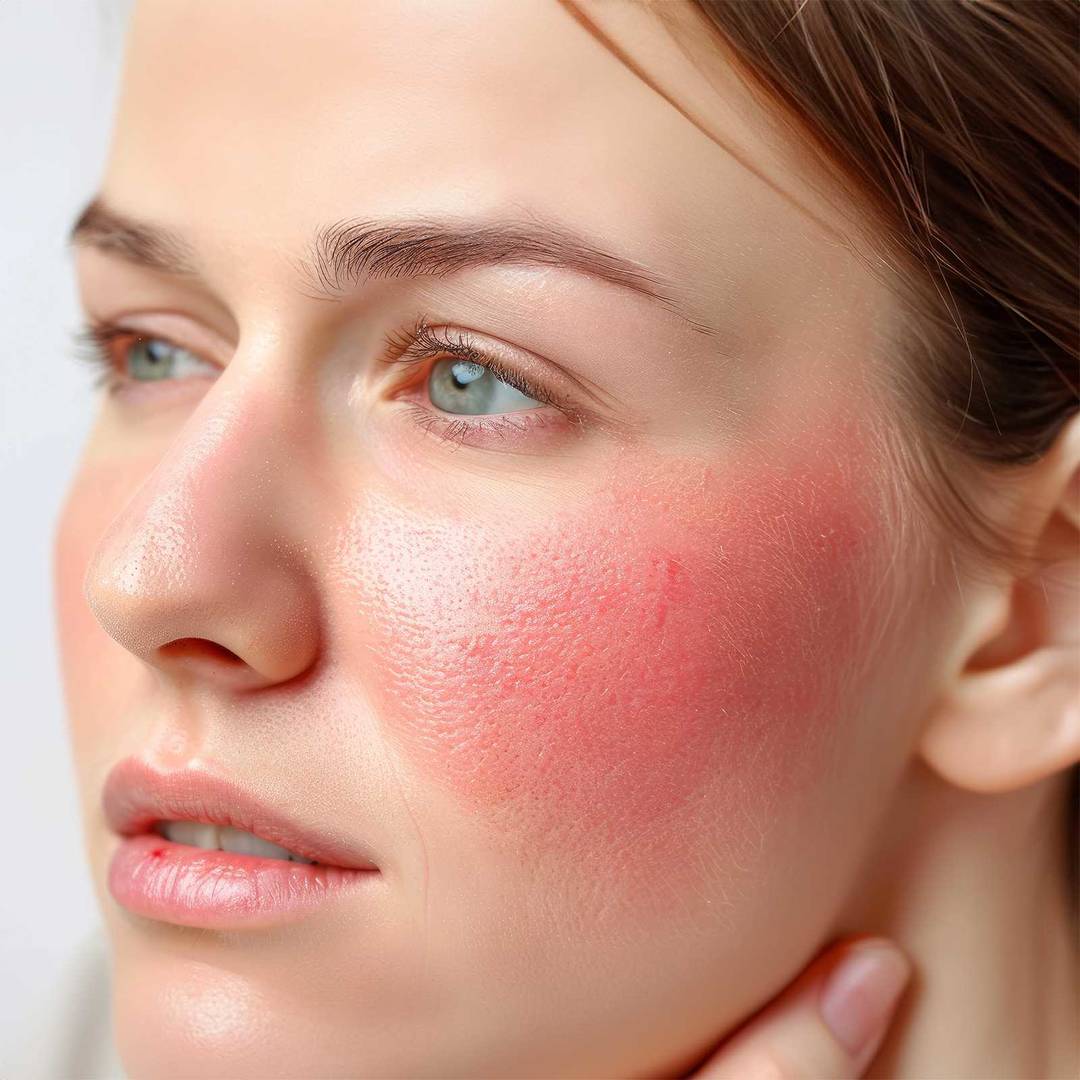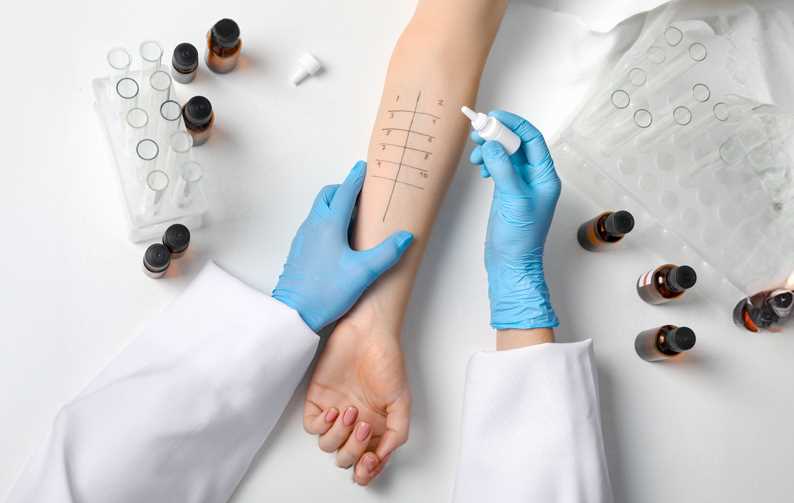Sun Protection is fundamental to prevent damage caused by ultraviolet radiation (UV), and the Sun Protection Factor (SPF) is one of the main metrics to assess the efficacy of sunscreens. Traditionally, this determination is made through in vivo tests, following standards such as ISO 24444, which involves application of the product directly into human skin. However, ethical concerns, high costs, and variations in application stimulated the development of alternative methodologies for FPS assessment.
Standards ISO 23675 and ISO 23698, recently published by the International Organization for Standardization (ISO), represent a significant progress in the science of sun protection, providing more agile and safer alternatives for determination of the SPF.
Important: These methodologies have been validated for static SPF, not including water resistance, and cannot be applied to loose, compact, or stick powder formulations.
ISO 23675: The In Vitro approach
Standard ISO 23675 proposes a method totally in vitro for the determination of SPF, reducing the need for tests in humans. The process involves the standardized application of the product on PMMA plates (molded and sandblasted) to simulate human skin. These plates are then exposed to controlled UV radiation, and spectrophotometric measurements are performed to determine the transmission of radiation through the product's film, making it possible to calculate the SPF.
This approach presents several advantages, such as reduction of need of tests in humans, minimizing ethical concerns. Besides, it allows the standardization of results, eliminating technical-dependent variables. The greater reproducibility and agility in obtaining results are also factors that make this methodology highly advantageous for the cosmetics industry. Another important differential is the use of automated application technology, ensuring greater precision in spreading the product on the plates.
ISO 23698: The hybrid approach
Standard ISO 23698 combines in vitro measurements with tests carried out on subjects, offering an approach closer to the biological reality of the skin. Its procedure includes the assessment of the absorbance of the product applied on PMMA plates before and after UV exposure, as well as spectrophotometric measurements to analyze the transmission of UVA and UVB. This analysis is complemented with diffuse reflectance spectroscopy on the subjects' skin, allowing a more accurate estimation of SPF and FP-UVA.
Different from ISO 23675, that is completely in vitro, ISO 23698 better simulates the interaction between sunscreen and human skin, taking into account factors such as product penetration and spread. Besides, it reduces significantly subjects' exposure to UV radiation, representing a more ethical and safe option for the study and development of new products of Sun Protection.
Why are these methodologies a progress for Sun Protection?
The adoption of standards ISO 23675 and ISO 23698 represents a leap in Sun Protection science, as they allow faster and more accurate tests, in addition to reducing costs and the need for subjects in in vivo studies. These methodologies also meet ethical principles by minimizing UV exposure, favoring the development of safer and more effective formulations.
With the growing awareness of the risks of sun exposure, the evolution in SPF assessment methods directly contributes to consumer safety and innovation in the dermocosmetics industry.
ALS and the future of Sun Protection
ALS is part of the ALT-SPF consortium (
alt-spf.com), an international initiative with 29 partners from 9 countries focused on the characterization of these alternative methodologies. We are preparing our laboratories to incorporate these new methods into our scope of services soon.
Our commitment is to offer innovative and safe solutions for the cosmetic industry, assisting in the development of increasingly effective and reliable sunscreens.
If you want to learn more about how our analytics can help your business ensure
the best Sun Protection, contact our experts!



